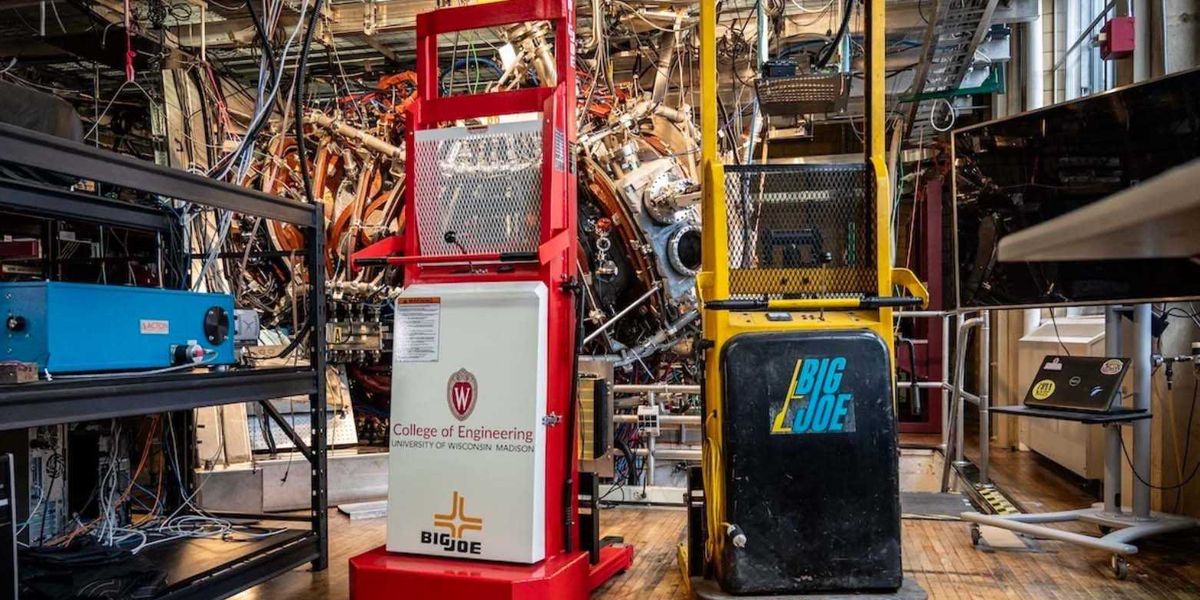US President Donald Trump extended tariff cuts for domestic automakers until 2030, according to an Associated Press report. The measure was part of a proclamation signed by Trump on Friday that also imposed a 25% import tax on medium- and heavy-duty trucks, effective November 1.
Read Also: Why Trucking Fleets Are Accelerating Their Transition to a Cloud-Based Transportation Management System
The administration’s moves are aimed at boosting American manufacturing while trying to protect the auto sector from high costs caused by Trump’s import taxes on parts and raw materials. The special rebate, first announced in April, was originally scheduled to end in 2027. At the time, Trump described it as short-term assistance during a “transitional” period with automakers expected to move production lines to the United States.
Senior administration officials stated that the extension and modifications came after talks with the auto industry. The goal is to expand local production and make it more competitive. These officials insisted on anonymity as a condition for speaking with journalists before signing the declaration.
The revised procedure provides a discount of 3.75% compared to the selling price of the locally assembled vehicle. This figure was calculated by applying the 25% import tax to the parts that constitute 15% of the car’s selling price, as multiplying these two percentages equals 3.75%. The discount will also now be offered to truck and engine manufacturers.
Trump posted about the new tariffs on imported trucks on his social media site on October 6. The announcement also imposes a 10% tariff on buses. The new tariffs do not apply to imports covered under the United States-Mexico-Canada Trade Agreement, which took effect in 2020 and is scheduled to be renegotiated next year.
These developments occur when consumers face significant increases in the price of new vehicles. According to Kelley Blue Book, buyers spent an average of $50,080 on new cars in September, the highest average ever recorded. New car prices increased by 3.6% compared to last year.
Source: Market intelligence platform IndexBox










